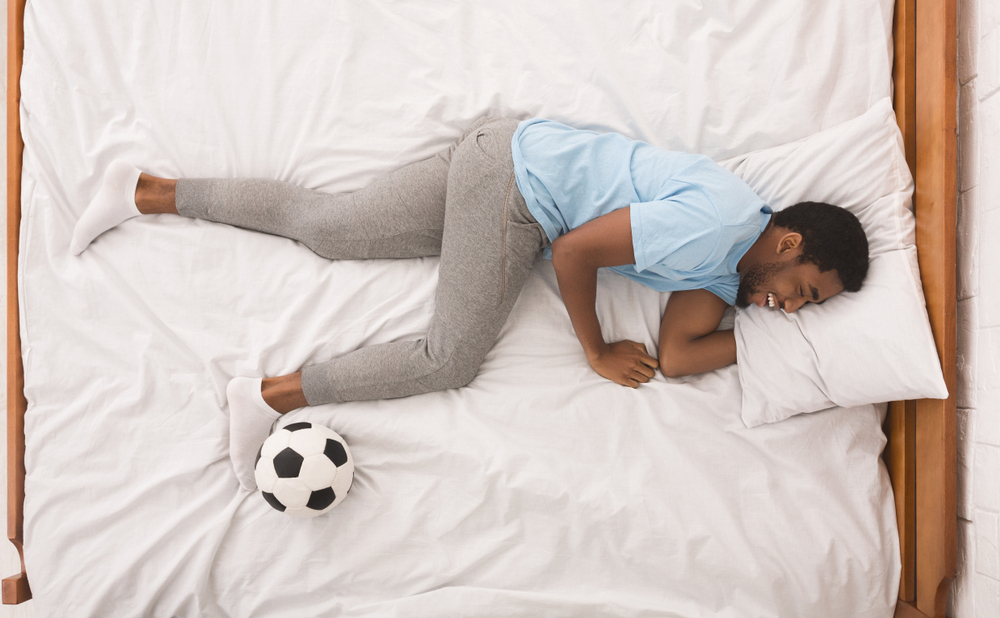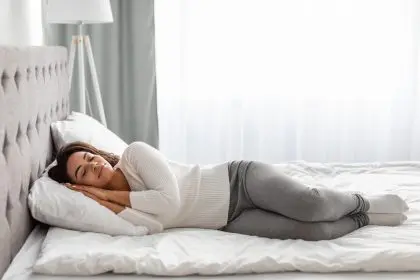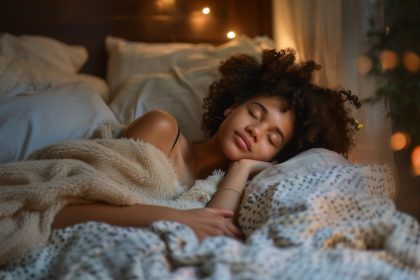The quest for perfect sleep has led scientists and sleep experts to an surprisingly simple solution: wearing socks to bed. While many might dismiss this idea as uncomfortable or unnecessary, mounting scientific evidence suggests that this small change in bedtime routine could significantly impact sleep quality. This discovery challenges traditional thoughts about sleeping habits and offers a practical solution for those struggling with sleep issues.
Understanding the science of sock-enhanced sleep
Recent research published in the Journal of Physiological Anthropology has unveiled fascinating insights into how wearing socks affects our sleep patterns. The study revealed that participants wearing socks to bed fell asleep approximately seven minutes faster than their barefoot counterparts. More impressively, these individuals enjoyed an additional thirty-two minutes of sleep and experienced fewer nighttime awakenings. These findings point to a complex relationship between body temperature regulation and sleep quality.
The thermoregulation connection
The mechanism behind sock-enhanced sleep lies in the body’s natural temperature regulation system. When you wear socks to bed, they create a warming effect on the skin’s surface, causing blood vessels to dilate. This vasodilation process facilitates heat escape from the body’s core, ultimately leading to a decrease in internal temperature. This drop proves crucial for initiating and maintaining quality sleep, as it signals the body to produce melatonin, the hormone responsible for regulating our sleep-wake cycle.
Creating optimal sleep conditions
The effectiveness of sleeping in socks becomes even more pronounced when combined with proper bedroom temperature control. Sleep experts recommend maintaining bedroom temperatures between 68°F and 72°F for optimal rest. This cooler environment works synergistically with sock-wearing to create the perfect temperature gradient for quality sleep. The contrast between warm feet and a cool room enhances the body’s natural temperature regulation processes.
The role of circadian rhythms
Our internal body clock, or circadian rhythm, plays a crucial role in sleep regulation. The temperature-lowering effect of wearing socks helps reinforce these natural rhythms. As evening approaches, our body temperature naturally begins to drop, signaling that it’s time for sleep. Wearing socks can help accelerate and enhance this process, making it easier to fall asleep when desired.
Selecting appropriate sleep socks
The type of socks worn makes a significant difference in sleep quality enhancement. Natural, breathable materials such as cotton, bamboo, or merino wool prove most effective. These materials allow proper air circulation while maintaining warmth, preventing the feet from becoming too hot or sweaty during the night. The socks should fit comfortably without being too tight, as constriction can impede circulation and counteract the benefits.
Beyond temperature regulation
The benefits of sleeping in socks extend beyond simple temperature control. The warming effect can help reduce anxiety and promote relaxation through improved circulation. Better blood flow to the extremities often results in reduced muscle tension and an overall sense of comfort, contributing to easier sleep onset and maintenance.
Addressing common concerns
Many people express initial resistance to the idea of wearing socks to bed, citing concerns about comfort or overheating. However, these worries often stem from experiences with inappropriate sock choices or misconceptions about temperature regulation. Understanding the science behind the practice and selecting suitable socks can help overcome these reservations.
Implementing the practice effectively
Starting a sock-wearing sleep routine requires some consideration. Begin by choosing loose-fitting, breathable socks specifically designated for sleep use. Maintaining good foot hygiene becomes especially important when wearing socks to bed. Clean, fresh socks each night ensure optimal benefits while preventing any potential skin issues.
Alternative warming methods
For those who remain resistant to wearing socks, alternative methods can achieve similar effects. A warm foot bath before bed can initiate the same vasodilation process, though the effects may not last as long through the night. Some people find success with brief heating pad application to the feet before sleep, though this requires more effort than simply wearing socks.
Long-term benefits of better sleep
The cumulative effects of improved sleep quality extend far beyond feeling more rested. Better sleep contributes to enhanced cognitive function, stronger immune system response, improved emotional regulation, and better overall health outcomes. If wearing socks to bed can contribute to these benefits, it represents a simple yet powerful tool for health improvement.
Customizing your approach
While research supports the benefits of sleeping in socks, individual preferences and needs vary. Some people might benefit from wearing socks only during colder months or starting with shorter periods to acclimate to the sensation. The key lies in finding an approach that works consistently for your specific situation and comfort level.
The future of sleep science
As research continues to explore the relationships between temperature regulation and sleep quality, we may discover even more refined approaches to using sock-wearing for sleep enhancement. Current findings already suggest this simple intervention could provide significant benefits for those struggling with sleep issues.
This growing body of evidence supporting sock-wearing during sleep presents an accessible, cost-effective approach to improving sleep quality. While it may seem unconventional at first, the potential benefits make it worth considering as part of a comprehensive sleep hygiene routine. As with any sleep-related change, consistency and patience in implementation will yield the best results.












